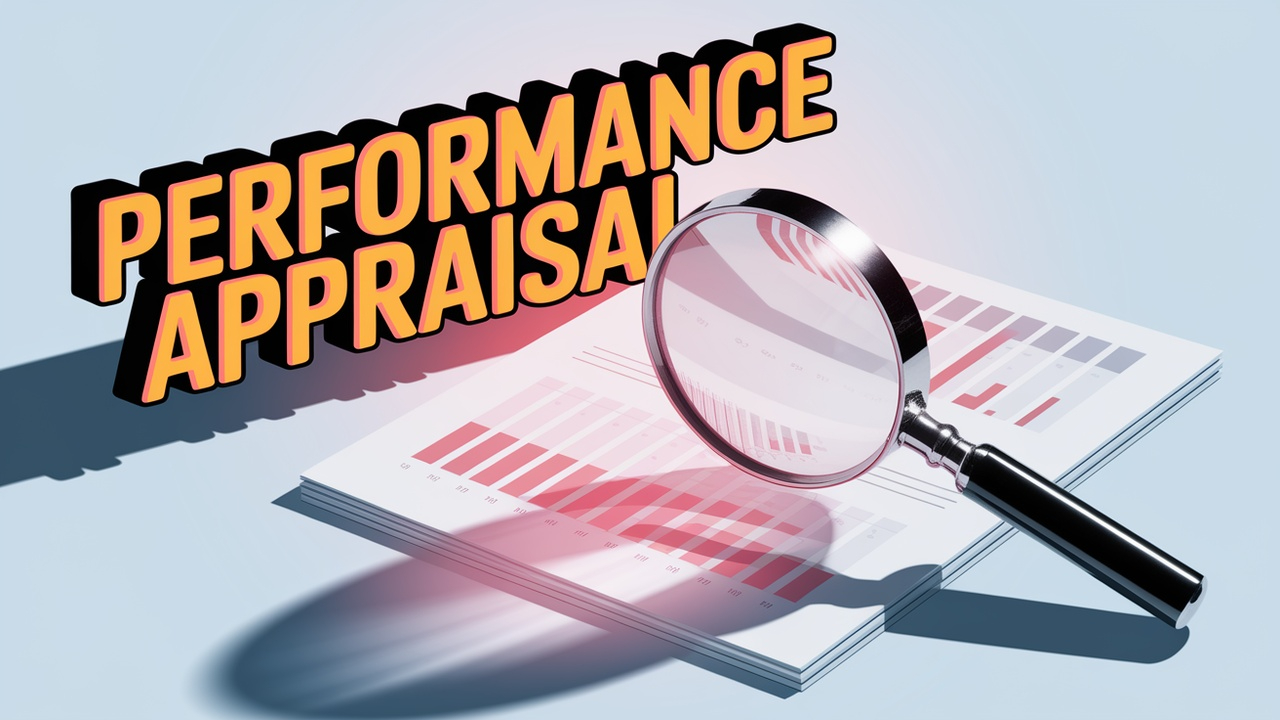PF Full Form-Provident Fund
by Shashi Gaherwar
0 1010
Provident Fund: Importance, Benefits & How It Works
Introduction
A Provident Fund (PF) is a government-mandated savings scheme designed to provide financial security to employees after retirement. It serves as a long-term savings plan where both employees and employers contribute a fixed percentage of the employee's salary every month. The accumulated corpus helps individuals maintain financial stability post-employment.

In this article, we will explore the concept of the Provident Fund, its benefits, contribution structure, withdrawal rules, and its role in ensuring financial well-being.
What is a Provident Fund?
A Provident Fund is a financial arrangement that allows employees to save a portion of their salary for future use. Employers also contribute to the fund, and the amount accrues interest over time, creating a substantial savings pool.
There are different types of Provident Funds:
• Employee Provident Fund (EPF): Managed by the Employees' Provident Fund Organisation (EPFO) in India.
• Public Provident Fund (PPF): A voluntary savings scheme open to all individuals.
• General Provident Fund (GPF): For government employees only.
• Recognized & Unrecognized Provident Funds: Based on employer participation and approval by tax authorities.
Features of the Provident Fund
• Compulsory Savings: Ensures financial discipline and long-term savings.
• Employer Contribution: Employers match a portion of the employee's contribution, increasing savings.
• Tax Benefits: Contributions and interest earnings enjoy tax exemptions.
• Interest Earnings: Accumulates interest annually, enhancing the retirement corpus.
• Loan & Withdrawal Facility: Allows partial withdrawals for emergencies, education, medical needs, or home purchase.
Contribution Structure
Employee Provident Fund (EPF)
• Employee Contribution: Typically 12% of basic salary and dearness allowance.
• Employer Contribution: An equal 12%, out of which 8.33% is allocated to the Employee Pension Scheme (EPS), and the rest goes into EPF.
Public Provident Fund (PPF)
• Minimum Contribution: ₹500 per year.
• Maximum Contribution: ₹1.5 lakh per year.
• Lock-in Period: 15 years, extendable in 5-year blocks.
Benefits of the Provident Fund
For Employees:
• Retirement Security: Ensures a steady fund post-retirement.
• Wealth Accumulation: Interest compounding over time builds a substantial corpus.
• Liquidity in Emergencies: Partial withdrawals for urgent financial needs.
• Tax Exemptions: Contributions qualify for deductions under Section 80C of the Income Tax Act.
For Employers:
• Employee Retention: Enhances job security and financial benefits for employees.
• Legal Compliance: Adhering to provident fund regulations avoids legal penalties.
• Motivated Workforce: Financial security boosts employee morale and productivity.
Withdrawal Rules
Conditions for Withdrawal:
• Retirement: Full withdrawal upon reaching 58 years of age.
• Unemployment: Partial withdrawal allowed after one month, full withdrawal after two months.
• Medical Emergency: Partial withdrawal permitted.
• Marriage/Education: Up to 50% of the corpus can be withdrawn.
• Home Loan/Construction: Can withdraw a portion after completing five years of service.
Taxation on Withdrawal:
• Before 5 Years: Taxable if withdrawn early (except under special cases like medical emergencies).
• After 5 Years: Tax-free if withdrawn after continuous service.
How to Check PF Balance
1. EPFO Portal: Login to the EPFO website.
2. UMANG App: Mobile app for checking balance and withdrawals.
3. SMS Service: Send a text to EPFO’s designated number.
4. Missed Call Service: Give a missed call from the registered number.
Challenges & Considerations
• Restricted Access: Funds are locked in until specific conditions are met.
• Employer Non-Compliance: Some organizations fail to deposit PF contributions.
• Inflation Impact: Interest rates may not always outpace inflation.
• Lengthy Withdrawal Process: Paperwork and approvals can cause delays.
The Provident Fund is a crucial financial tool that ensures long-term financial security for employees. It serves as a disciplined savings mechanism, offering retirement benefits, tax savings, and liquidity in times of need. Understanding its structure and benefits can help individuals make informed financial decisions and secure their future effectively.
By leveraging the Provident Fund wisely, employees can build a strong financial foundation and enjoy a comfortable post-retirement life.

Share:








Comments
Waiting for your comments